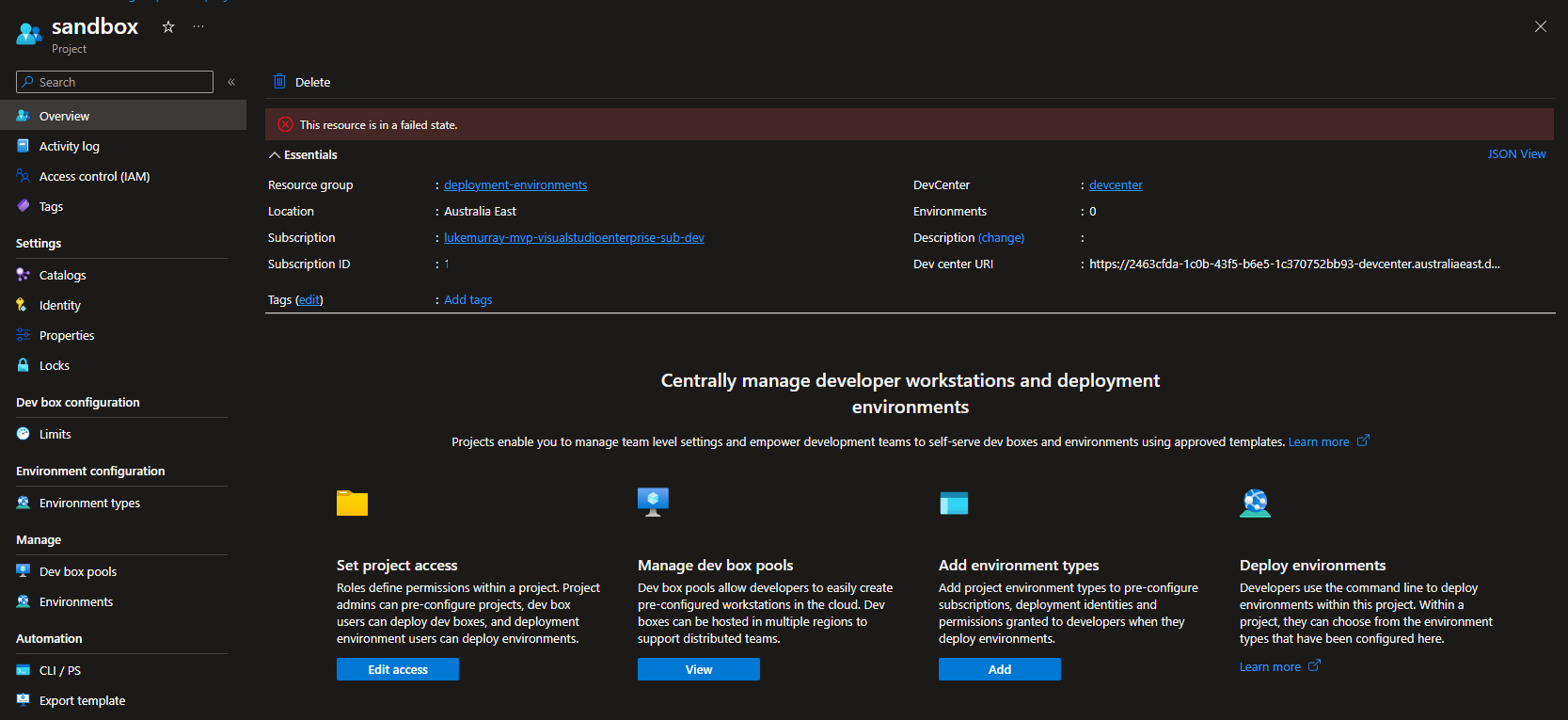Features and Benefits of Azure API Management
Today, we are going to look at Azure API Management. Azure API Management is a service that creates consistent and modern API gateways for existing back-end services. It also publishes APIs to external, partner, and internal developers. Azure API Management is a fully managed service that enables customers to publish, secure, transform, maintain, and monitor APIs.

